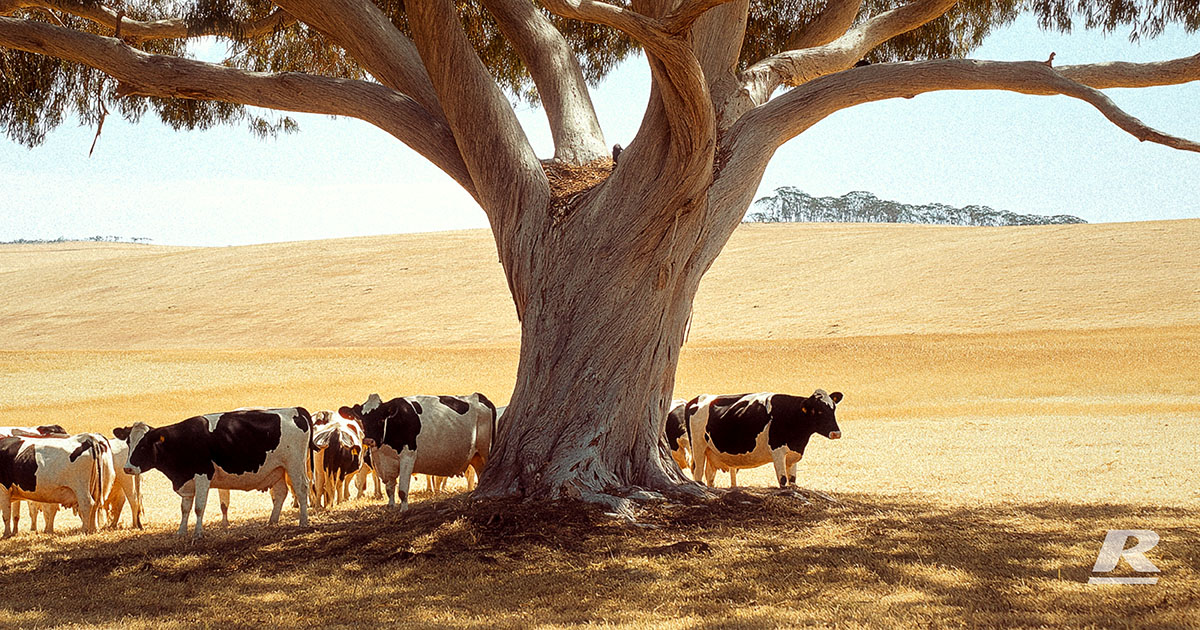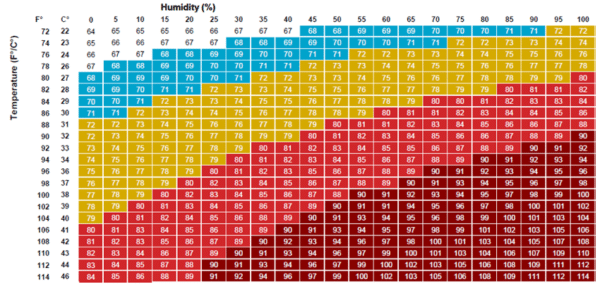Managing Heat Stress in Dairy Cattle
Heat stress (HS) in dairy cattle causes significant economic losses worldwide by reducing milk production, reproductive efficiency, and productive lives of cows. This issue is more severe in warm geographical areas, where it can extend beyond summer, impacting fertility and milk production until Autumn.
Understanding heat stress: The Temperature-Humidity Index (THI)
The normal body temperature of dairy cattle is 38.0 to 38.5 °C, and the balance between ambient and metabolic heat maintains this temperature in homeostasis. However, a sudden increase can result in the death of the animal.
The heat stress index proposed by Hahn is widely used to predict HS in dairy cattle. This index combines temperature and relative humidity to determine the stress level, with a reference of 72 units to indicate the presence of HS.
The effects of HS in dairy cattle include:
- Reduction in milk production due to decreased food and water intake.
- Decreased fertility, leading to a lower rate of successful inseminations and increased time between calving and conception.
- Increased risk of subacute ruminal acidosis (SARA) due to heat stress.
- Prolonged standing time in heat-stressed cows, leading to increased risk of lameness and laminitis due to additional strain on the feet and hooves.
To mitigate HS, we can recommend the following actions:
- Clean water troughs and ensure fresh, clean water is always available.
- Feed during cooler hours of the day to prevent feed rejection caused by high ambient temperature and humidity.
- Use sprinklers, misting systems, and fans to ensure adequate airflow in facilities.
- Reduce waiting time in holding pens.
- Feed high-quality, digestible forages to reduce excessive rumination and heat production during digestion.
- Use yeast additives to improve fibre fermentation and digestion efficiency with lower heat production.
- Adjust mineral nutrition to meet increased sodium and potassium requirements in high-producing cows under heat stress conditions.
- Include bypass lipid energy to obtain “cool” diets with higher energy density and no heat generation from ruminal fermentation.
At Reid Stockfeeds, we offer solutions to optimisse dairy cattle diets and counteract the effects of HS. Our additives and formulations improve animal comfort and welfare, ensuring a more stable milk production.
Our team of experts at Reid Stockfeeds can assist you in formulating rations with increased nutrient density, proper buffering agents, and other nutritional strategies to support your herd’s health and productivity during heat stress events. With a commitment to excellence and a deep understanding of agricultural needs, Reid Stockfeeds is here to be your trusted partner in navigating the complexities of heat stress management.
To find out more, give us a call and have a chat to one of our nutritionist on 1300 REID FEED or enquire here >
Author
Claudio Diaz
Sales and Nutrition Account Manager

